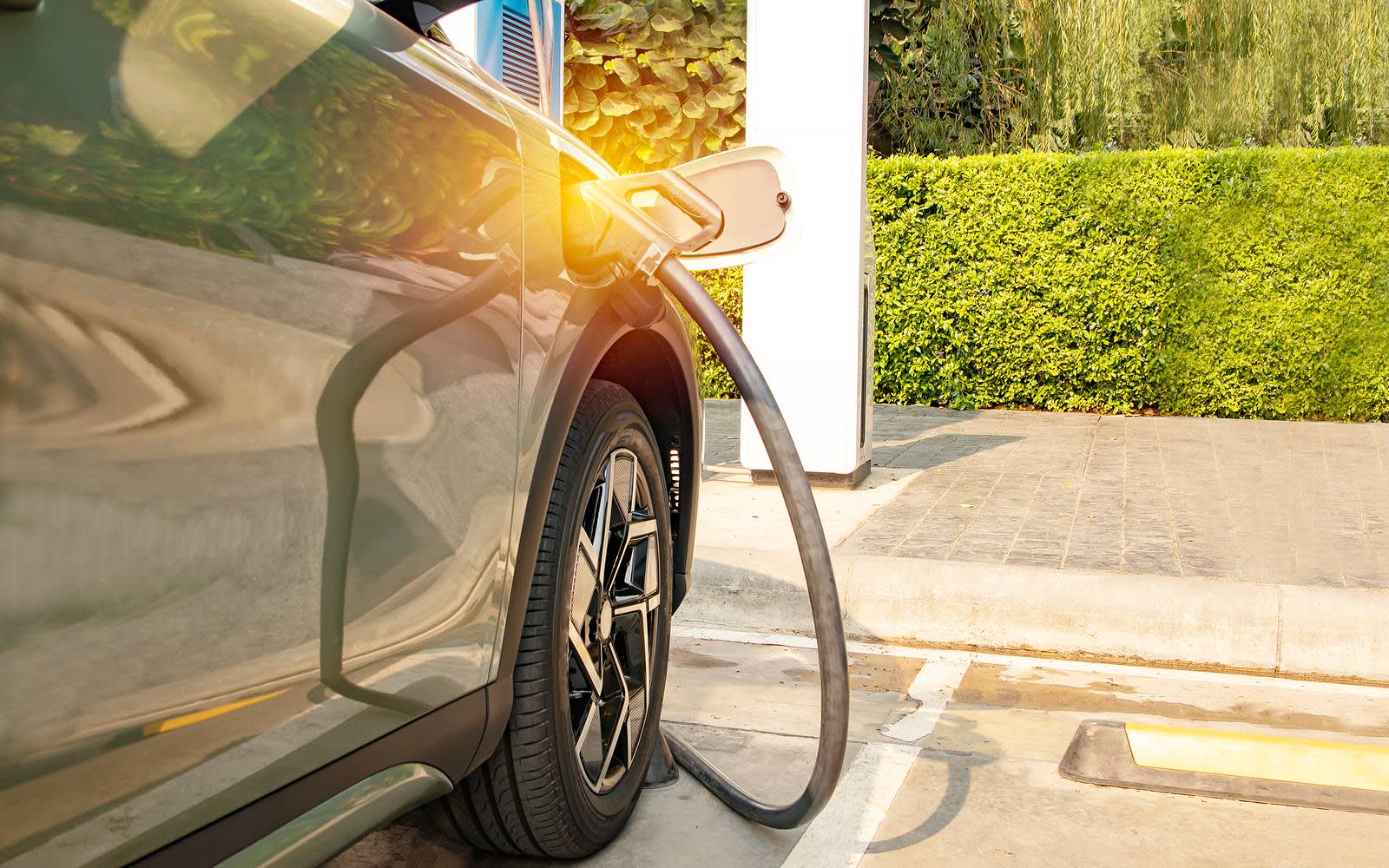Why EV fleets might be cheaper than you think
At first glance, EVs look more expensive than their internal combustion engine (ICE) equivalents. So, it would seem, the reasons to transition to electric fleets are primarily environmental – and to beat the 2030 ban on the manufacture of ICE vehicles.
However, first glances don’t always tell the whole story.
To really understand the cost of commercial EV fleets, you need to understand the total cost of ownership (TCO). Without a clear TCO, cost comparisons with ICE fleets are largely meaningless.
As it would happen, many fleet managers – and their finance directors – are comparing TCOs only to find they can add ‘cost savings’ to the list of reasons to electrify.

What does the total cost of ownership cover?
Of course, total cost of ownership calculations need to factor in vehicles’ purchase or lease prices. And, generally, these are substantially higher for EVs.
However, with the majority of the less visible costs, EVs come in cheaper.
Firstly, there’s the cost of fuelling. Charging EVs on workplace, depot or home-based chargers – even with the recent surge in the cost of electricity – is cheaper than petrol (and particularly diesel) fuelling. Public chargers, however, are more expensive. How much you’ll save by vehicle depends on the extent of your infrastructure (including chargers at drivers’ homes, if possible) and the mileages your vehicles drive.
Next, taxes. Employers only pay National Insurance contributions (NICs) on company cars when they allow drivers to use them for personal use as well as business purposes. (Even in these instances, EVs fall into a lower-rate NIC bracket than ICE vehicles – currently 2%, rising to 5% by 2028. By that point, NICs on ICE vehicles will be up to 37% of value.) There are corporation tax benefits, too – businesses can claim the full purchase cost of EVs against profits. And, even if businesses lease EVs, they can claim back VAT against lease payments and maintenance costs.
Then there’s the maintenance costs themselves. As EVs have fewer components, it follows they’re likely to need less maintenance work, resulting in lower overall servicing costs. The exceptions here are battery repairs or tyre replacements. In these cases, costly repairs and/or lengthy waits for parts can lead to extended off-the-road periods for EVs.
For the most part, however, EVs reduce the downtime that ICE fleets suffer from during regular maintenance works. The knock-on impact of unavailability can cost businesses money in lost income or having to pay to temporarily replace vehicles.
Residual values of EVs – particularly of vehicles with batteries still under warranty – are typically higher than those of ICE vehicles. As with many of these TCO factors, there’s less history to go off for EVs, but a higher residual value would certainly help offset a higher purchase price. (Note that if purchasing EVs, you may wish to simplify your TCO comparison by showing just ‘depreciation’ rather than purchase price and residual value).
And don’t forget that EVs avoid having to pay London’s Congestion Charge or other clean-air-zone fees. Lots of ICE vehicles don’t meet the criteria for exemptions. With many UK cities adopting low-emission-zone schemes, EVs can offer genuine cost savings to organisations whose fleets drive predominantly in urban areas.

The variables
While developing a TCO comparison is important, there are factors that make it difficult to say with any certainty the exact cost difference EVs would make to your fleet operations. These include:
- Financing costs – the way you buy or lease EVs, and the interest you pay
- Driving style – if your drivers accelerate hard or drive fast, you’ll get fewer miles for your money
- Changing electricity and fuel prices – while charging EVs is likely to remain cheaper than fuelling ICEs, you’ll need to check current rates to calculate savings
- Distance travelled – the further your vehicles drive, the more miles you can multiply the fuel savings by
- How much you pay at public charging facilities, if you use them – you’re likely to pay more for the convenience of using a rapid service-station charger
- Varying labour costs during maintenance and repair works
- Whether you factor in charging infrastructure costs – you’ll need to decide which ‘pot’ charge station costs come out of, if you decide to install them (see below)
- How you pay for (or lease) chargers – if you do include the cost of your charging facilities in your TCO, the upfront and ongoing costs can vary (see below)
What about charge points?
You might analyse your fleets’ operational requirements and decide that your drivers will be able to get by only charging at public facilities.
It’s more likely, though, that you’ll need to install some charging infrastructure of your own. That infrastructure might take the form of charge points at one office, across multiple sites, at drivers’ homes – or a mix.
Charge points come at a price, and you may need to factor that price into your TCO calculations. However, it’s unlikely you’ll have to replace charge points when you replace vehicles. So, when putting together your TCO, make it clear whether you’ve excluded charging hardware and installation costs, included them, or spread the outlay over a decade or more.
It’s also worth noting that charge point manufacturers and electrification partners may support with spreading upfront infrastructure costs.
If you need help calculating your TCO – or assessing other benefits of EVs against your existing fleet – get in touch.
Enquire onlineDisclaimer
We’ve used all reasonable efforts to ensure that the content in this article is accurate, current, and complete at the date of publication. However, we make no express or implied representations or warranties regarding its accuracy, currency or completeness. We cannot accept any responsibility (to the extent permitted by law) for any loss arising directly or indirectly from the use of any content in this article, or any action taken in relying upon it.


